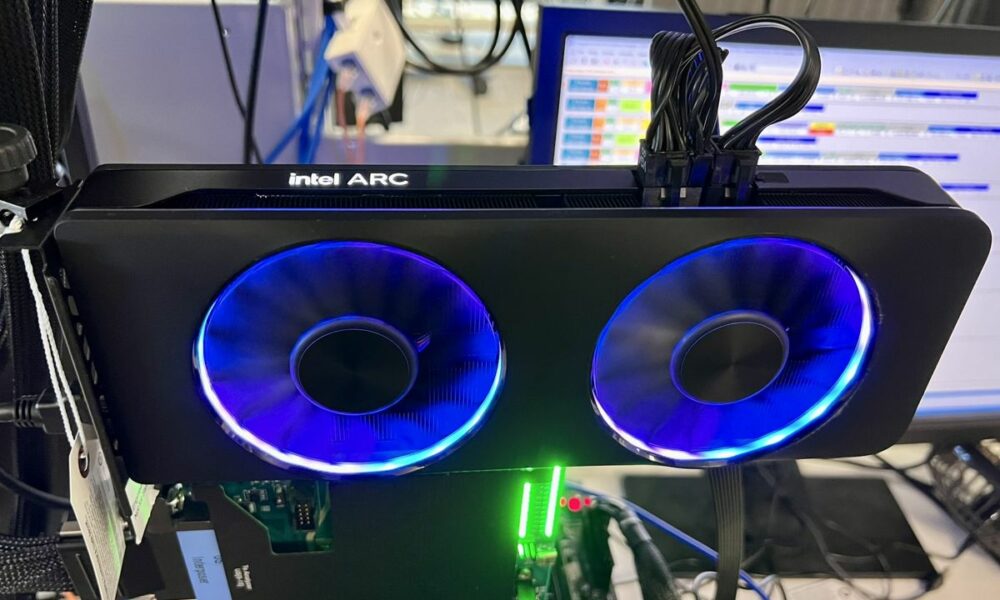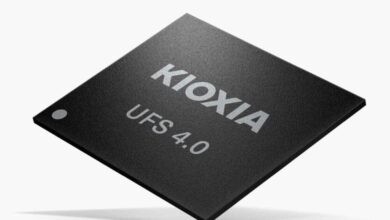
Intel received much criticism when it announced that it would support DirectX 9 support for its dedicated graphics in a Microsoft renderer called D3D9On12which can also be defined as a DirectX 9 to DirectX 12 translation layer.
The use of translators is frowned upon in consumer computing because many perceive that the consequence will be a loss of performance, but in the context that concerns us, things are not as linear as they seem. In video games, it is not uncommon to see old titles that work worse on the latest generation hardware than a computer from ten or twelve years ago, and that is because the software is, simplifying a lot, very tied to the hardware of its time.
In the context of running older games (mainly DirectX 9 and earlier) on newer hardware, using translators can be a good way to “cheat” and get better results. For example, with the aforementioned D3D9On12, the DirectX 9 instructions are translated on the fly to DirectX 12, so basically the API that is working is the latter. As a consequence, it is possible for the player to perceive a better experience and even a real improvement in performance (yes, we are talking about more FPS).
However, Intel may not have found the key by opting for D3D9On12 instead of DXVK, the Wine-oriented renderer (or translator) that is responsible for translating versions 9, 10 and 11 of Direct3D to Vulkan. Our regular readers will know by now that DXVK is one of the mainstays of the Steam Deck (and Linux Gaming in general), and although has the focus on Wine, can also work on Windowsso the YouTube channel RandomGaminginHD has decided to put it to the test to discover that it brings improvements when using it with an Intel Arc A750.
RandomGaminginHD, depending on its version, perceived improvements in some titles that work with DirectX 9. For example, with GTA IV had a frame rate of just under 60 using D3D9On12, but with DXVK he saw that number go up to 123fps. Another title tested was The Elder Scrolls: Oblivion, which averaged 200fps with DXVK.
Different was the experience with one of the first stable releases of The Witcher 3which uses DirectX 11 instead of DirectX 9. Here RandomGaminginHD has said that he saw a loss of about four frames per second when using DXVK compared to running DirectX 11 natively (Intel Arc graphics do have native support for this API), but also noted that the feel was better when gaming and the experience was “less” conflicting despite the loss of frames.
We remind you that dedicated Intel Arc graphics do not have native support for DirectX 9, so this performance improvement provided by DXVK is not compared to the native execution of the API, but rather using D3D9On12. If these results are confirmed and sustained over time, it would be clear that Intel had bet on the losing horse, so it would be sensible for the company to consider using DXVK instead of D3D9On12, since the former, at least for now, seems to be a more mature technology.



